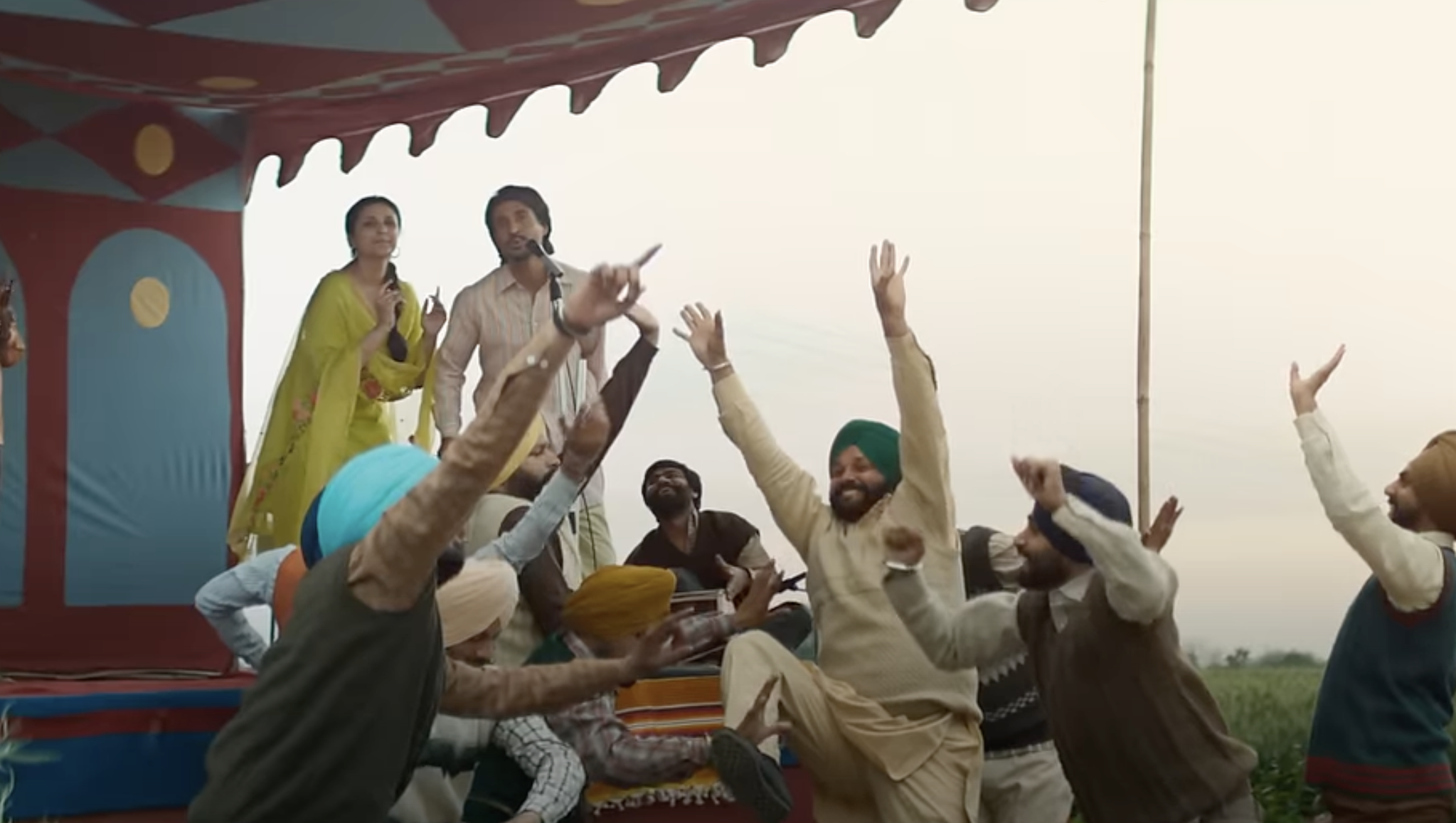There is nothing new about the caste census. Different surveys have been commissioned from time to time to ascertain the size of Other Backward Classes (OBC). These surveys have been conducted by different agencies at various levels as well as by the state governments.
BPL Survey 2002
In 2009, the findings of BPL Survey 2002 were released. According to the BPL Survey, OBCs formed 38.5 per cent of the rural population of the country. Tamil Nadu, with 54.37 per cent of the rural population belonging to the OBC, was at the top, followed by Uttar Pradesh, Bihar and Chhattisgarh , where the corresponding figures were 51.78 per cent, 50.37 per cent and 37 per cent respectively.
NSSO statistics
In 2007, National Sample Survey Office (NSSO) estimated the OBC population of the country at 41 per cent. According to the survey, in Tamil Nadu, OBCs formed 74.4 per cent of the population. In Bihar, 59.39 per cent of rural and 57.64 per cent of urban residents hailed from the OBC. In Uttar Pradesh, OBC constituted 54.64 per cent of rural population and a shade less than 50 per cent of the urban population. In Jammu & Kashmir, Himachal Pradesh, Punjab and some other states, the share of OBC in the total population was estimated to be around 25 per cent, much less than the national average.
Rapid survey in Uttar Pradesh
This year (2015), there has been a “rapid survey” of OBC in Uttar Pradesh. Earlier, a caste census was carried out in the state in 2005. According to the latest survey, the share of OBCs in the state’s rural population is 53.33 per cent.
Given the fact the three different agencies came up with different figures, it is clear that the credibility of the much-hyped Socio-Economic and Caste Census 2011 will also be under a cloud. Other government agencies have also conducted similar surveys but their complete reports haven’t been made public. Therefore, there is the need for a comprehensive caste census that should produce credible figures and whose complete report should be made public.
Published in the September 2015 issue of the FORWARD Press magazine






